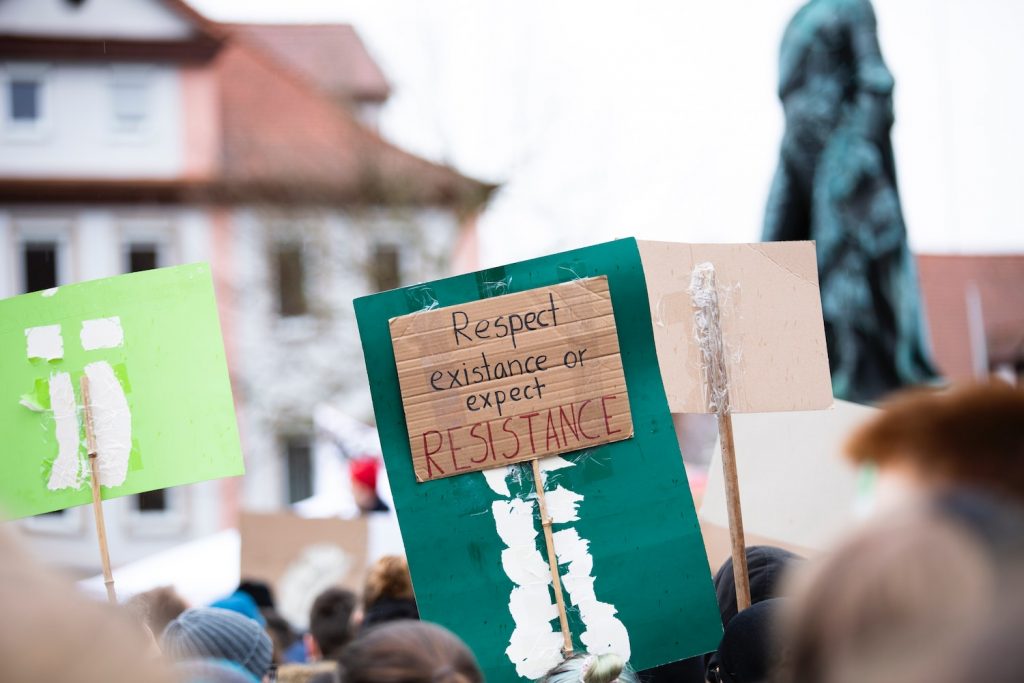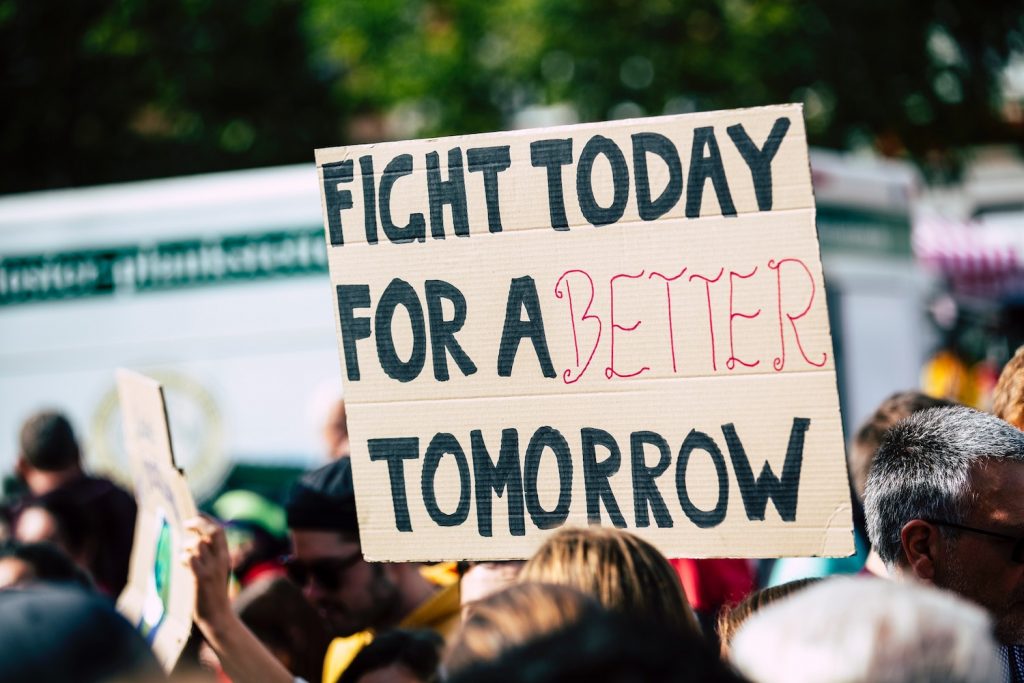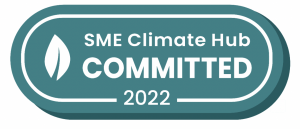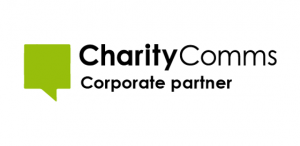The Empower team have attended or supported teams at every COP since Paris, so we know a thing or two about creating climate change campaigns that stand out. With a month until COP26, we’ve reflected on some key lessons learned, applicable to the weeks ahead, and looking beyond, to those planning already for COP27.
Right now, momentum is building towards Glasgow, as an ever more vital and high-profile moment for tackling some of the biggest issues we face as a result of climate change. Communicating effectively about sustainability initiatives is key if we want to drive the sectoral change that is needed and encourage businesses, governments, and individuals to embrace the unprecedented change we need in the next decade.
There are more and more brands making net-zero commitments, and an increase in climate change initiatives is making it easier for organisations and individuals to be more sustainable than ever. This makes what’s already an incredibly noisy and competitive space – for the best and worst reasons – noisier than ever. Naturally, that makes it harder to get your campaigns and messages to stand out online.
These are some of the key considerations and challenges that our clients face when creating a sustainability communications strategy that stands out from the crowd. And with the right sustainability communication strategy in place, you can accelerate the effectiveness of your digital comms and help make a real impact in tackling climate change.
Here are some considerations to help your digital comms cut through at COP.
In this article:
Address the window of influence pre-COP
By the time COP begins in Glasgow, the window of influence for policy decisions is in reality over, as countries and groups come to COP with their Nationally Determined Contributions, policies and standpoints already set.
Any communications strategy aiming to influence policy outcomes at COP must focus earlier in the year, at many small and large sectoral and policy moments, including the G7, pre-COP, G20 and UNGA.
COP itself is still an incredibly important moment, and excellent communications is vital. Each COP sets the tone for the coming year, generating the outcomes, atmosphere and momentum around the policy window of influence that reopens immediately.
As eyes turn to COP27, likely in Egypt, on behalf of the African continent, the energy created by the communications work around COP26 directly impacts the path that policy will take in 2022.
And equally as important, as climate climbs ever higher in the public consciousness, communications around COP generate powerful ripples of hope and despair amongst the world’s population, that increasingly feedback across all culture, politics and news.
Empower’s half a decade working into the COP policy year with climate clients leaves us well-versed in understanding this calendar and the opportunity and parameters of COP communications.
Set a clear goal for your COP comms activity

For lots of organisations, COP is the biggest moment of the year, and so will be making big announcements to match.
As well as announcements from governments and businesses, there will be a range of civil society groups running stunts and takeovers around the COP venue and online.
With all this competition, it’s worth establishing a clear goal for what you want to achieve at COP – including asking yourself if you have the resources to truly make the most of the moment, or if it’s better holding back your campaigns for other times when the climate community is less active and noisy.
For the Race To Zero campaign, which aims to get businesses, cities and investors to make climate change commitments through one of their many partner programmes, their simple goal is to get more organisations to commit.
The campaign uses digital comms, including pictograms and GIFs, to communicate who has already made commitments and encourage more organisations to join as a result.
Each of the Race to Zero members are committed to the same overarching goal: reducing emissions, across all scopes, swiftly and fairly in line with the #ParisAgreement, with transparent action plans and robust targets.
— Nigel Topping (@topnigel) September 23, 2021
Here’s who’s in the #RaceToZero: https://t.co/5iRzYX0byb pic.twitter.com/Xb6WqHO7GE
If you are committed to an activation at COP, establishing a clear goal for your digital comms will help you evaluate whether the time and energy spent was worth it – or if you need more support to help cut through at this critical moment.
Establish comms partners for COP

Collaboration will be key for cutting through at COP. If you’re working on a cause that is helping to address climate change, it’s highly likely that there are a whole range of allies working on tackling the same issue.
We’re all part of the same sustainability ecosystem, so rather than think of them as competition, make sure you are establishing comms partners who can help amplify your messages.
As our client since 2016, We Mean Business say: unprecedented collaboration is the only way to solve the climate crisis:
Unprecedented collaboration is the only way to solve the climate crisis. @BSRnews @CDP @CeresNews @climateclg @ClimateGroup @TheBTeamHQ @wbcsd.
— We Mean Business Coalition (@WMBtweets) August 31, 2021
We’re #Allinfor2030, are you? https://t.co/Rbon43XCs4 pic.twitter.com/ZpI4rmUMws
Check with your organisational peers that your digital comms activity at COP is complimenting each other rather than competing, so that your messages are not cancelling each other out.
As a specialist sustainability communications agency, we have an established digital comms partner network, having worked with climate change organisations including We Mean Business, Race To Zero, Business for Nature, CDP, WBCSD, Science-Based Targets Network, Global Commons Alliance, UNPRI, World Resources Institute and WWF.
Want to join them? Contact the Empower team to start your sustainable comms project.
Showcase spokespeople apart from senior leaders

While it is expected that you will use your CEOs or other senior leaders as key spokespeople during COP, when it comes to digital comms campaigns for climate change it can help gain engagement from audiences if you use spokespeople from throughout your organisation.
When it comes to social media, authenticity and transparency is key. That means you don’t need a slick video featuring your CEO to showcase your climate commitments.
Take a look at this video from WBCSD about their Vision 2050 project, which features team members from different areas of the organisation. The authenticity of featuring employees in the video and having them speak directly to camera cuts through and makes people take notice.
Creating videos like this, with employees speaking directly to camera, will help you to anticipate that your audience will want to see how other members of the team act when it comes to climate action and communicate how every employee can play their part.
Widening the range of employees representing you in the public sphere is also a much-needed opportunity to diversify the voices we hear from on climate.
This is an opportunity to platform and champion valuable viewpoints and groups that do not always gain a fair share of voice in the climate space.
This is especially important this year when COVID-19 and the lack of vaccine equity means representation in Glasgow will not be as diverse as hoped.
Looking for inspiration? Take a look at our social media video showcase and read our article on how to use social media videos to drive action.
Use paid media to amplify reach

Paid media should be a supporting element of your organic social media activity.
Not only is organic content being squeezed by social media algorithms, but with an increase in volume on social media channels around COP, you’ll need to use paid media to give your content the best chance of being seen.
Although your paid media activations should be live throughout the year, paid media budgets should be increased for large events like COP and the flagship digital campaigns you’ll run during them.
LinkedIn is a natural channel to run paid ads around COP, as it has been established as effective for reaching business leaders and policymakers, but should be activated primarily with tight criteria around lead generation as the costs to run ads on the platform are more expensive than Twitter or Facebook.
As paid media campaigns can be expensive, ideally a value exchange will be in place in order to generate leads, where a user will give their email address / contact details if they feel that they will get something of equivalent value in return. This could be an eBook, white paper or other informational resource that will be sent to someone after they have given you their contact details. You can then follow up multiple times through sending them email newsletters, without having to pay for more paid ads to reach those same audiences.
As well as cost, another barrier you may have to overcome is being identified as a cause-based advertiser on Twitter:
Twitter restricts the promotion of and requires advertiser certification for ads that educate, raise awareness, and/or call for people to take action in connection with civic engagement, economic growth, environmental stewardship, or social equity causes.
While this is a restrictive space to operate in, with targeting restricted and limited to geo, keyword, and interest targeting, there is lots you can do. We have helped many clients make the best of operating within this policy.
Overall, the excellent targeting opportunities within paid media can be used to deliver against your organisation’s objectives and audiences – as part of your wider marketing and comms strategy – as well generating a halo effect of performance improvements across your digital comms campaigns more generally.
Need a paid media agency to help with your COP ads? Contact the Empower team.
Take caution with climate fatigue

COP is the biggest event in the climate change calendar, which is fantastic for highlighting key climate issues, but it’s important to keep “climate fatigue” in mind and plan digital comms activity once the event is over, without exhausting your audiences.
A lot of the news around climate is exhausting, with constant updates of negative headlines and an uncertain, pressing situation that we as individuals can feel hopeless towards, and like our own personal efforts won’t have an impact.
This means there is a concern within the climate change sector that after COP26 (or even in the run up to it!) people will become tired about the climate crisis, rather than care more.
To combat climate fatigue, it’s important to plan your digital comms after COP to continue momentum, inspire hope, and keep compelling campaigns running beyond the event.




